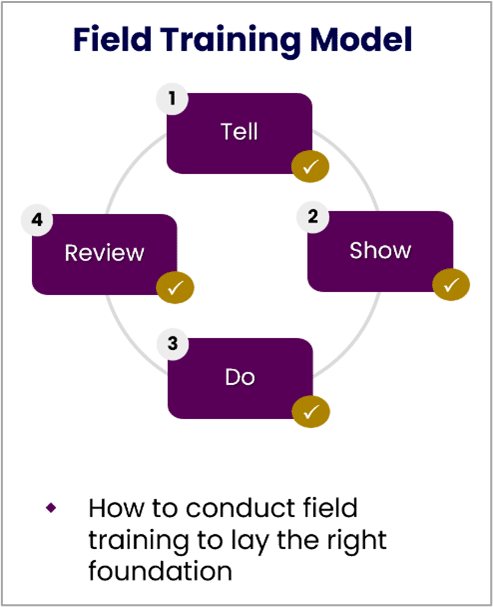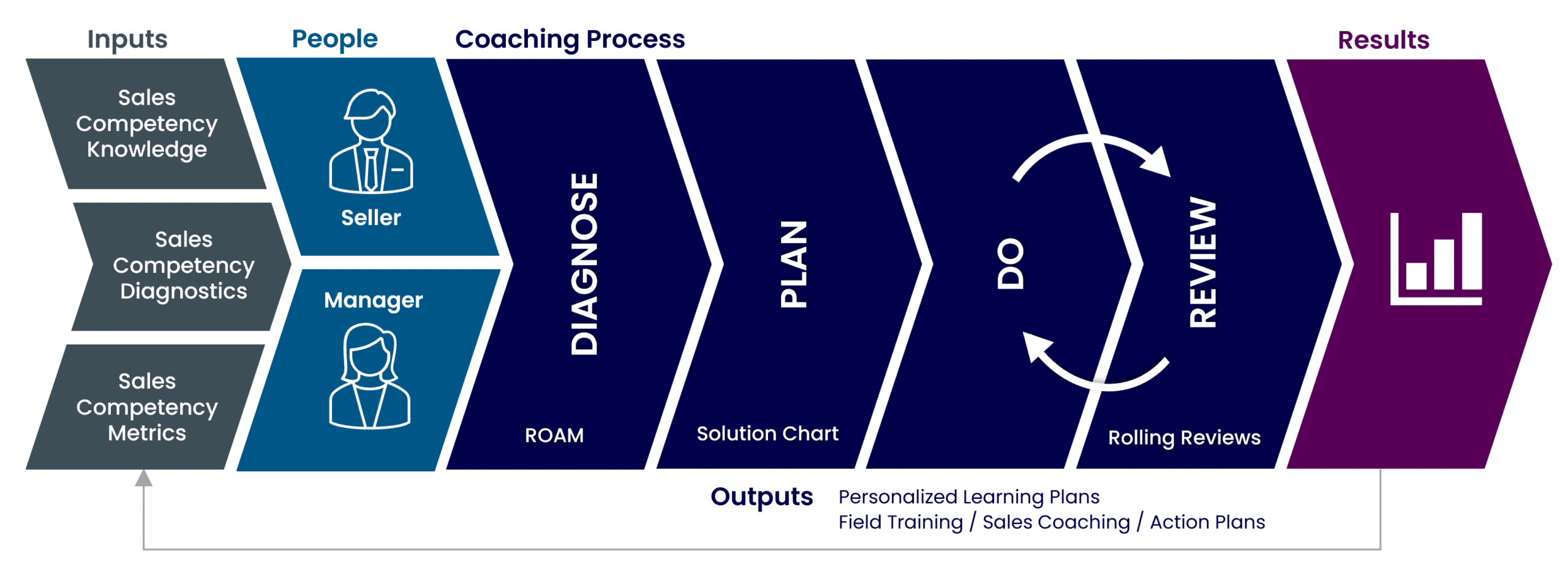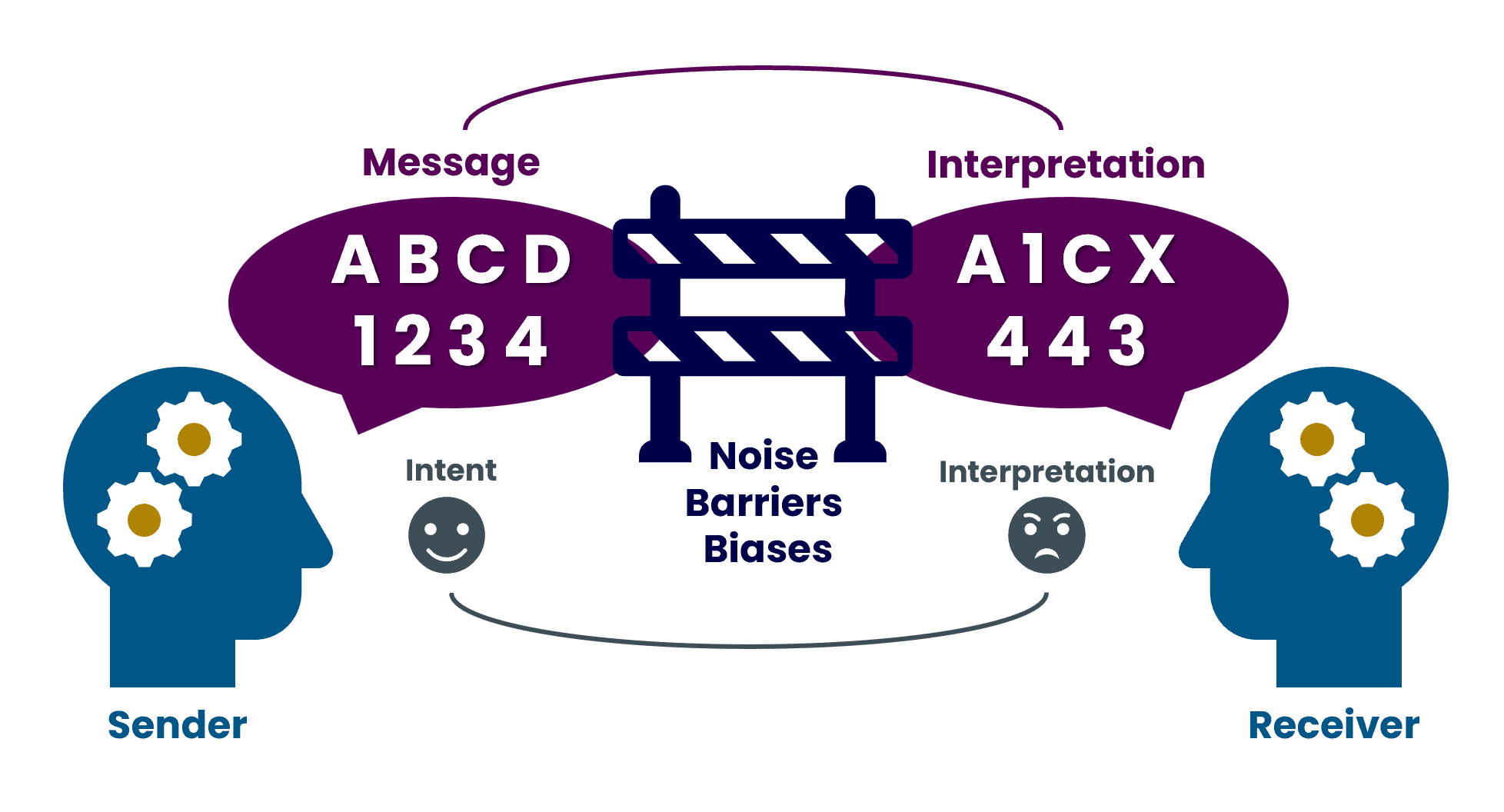In today’s workplace, it’s more important than ever to create a culture of psychological safety. This is especially true when coaching, particularly your sales team.
This means creating an environment where people feel comfortable taking risks, engaging transparently, sharing ideas and making mistakes without fear of judgment.
How do we know this? It’s been studied. Google’s two extensive studies called Project Oxygen (what makes a great manager?) and Project Aristotle (what makes a top-performing team?) examined top performance to identify differentiators. Creating a safe, empowering, inclusive, psychologically safe environment was a common theme in these studies at Google, and in other studies, as well.
For clarity, psychological safety refers to an individual’s perception of the consequences of taking an interpersonal risk, or a belief that a team is safe for taking risks in the face of being seen as ignorant, incompetent, negative or disruptive. In a team with high psychological safety, teammates feel safe to take risks around their team members. They feel confident that no one on the team will embarrass or punish anyone else for admitting a mistake, asking a question or offering a new idea. (See this article for more.)
But psychological safety, as important as it is, is not sufficient when coaching salespeople. In sales, especially, we also need to create a culture of accountability. This means holding people responsible for their actions, ensuring that they are meeting expectations and producing the desired outputs and outcomes.
So, how do we blend these two seemingly contradictory concepts? It’s not always easy, but it is possible if you approach it purposefully and consistently. In the remainder of this article, I’ll offer advice to reconcile any cognitive dissonance you may feel with these counterintuitive concepts.
Set clear expectations. When people know what is expected of them, they are more likely to accept accountability. Take the time to clearly define expectations for each role and task. This includes not only the desired outcomes and timeline, which is easy and common in sales, but also the resources that will be provided (frameworks, models, software, tools) and the behaviors that are expected to achieve the goals (the sales competencies, process, methodology, and skills).
Train what you expect. To ensure sellers know what, why, and how to do what you want them to do, start with training. Or at a minimum, assess your sales force to identify the existing sales competency levels and any gaps. Then train to close the gaps.

Coach to mastery. After training, in addition to providing regular feedback, get into a cadence of coaching and continuous improvement. If you do it the way I’m recommending here, their engagement in the coaching process will create an environment of psychological safety and foster accountability.

- Have your sellers analyze their own results (you do it, too)
- Get together to discuss (they lead)
- Identify shortfalls (that you agree on)
- Brainstorm reasons and solutions (with you)
- Select the best ones (with your advice, as needed)
- Create an action plan (that they build and you sign off on)
- Implement it (with your support)
They do; you support, guide, nudge, lead and coach, as needed. When you’re done – they own the solution and the plan.
Focus on skills. Knowledge and awareness are prerequisites, but it’s competencies, skills and behaviors that improve performance. Develop and validate them. Analyze the activities that are being performed to ensure they are the right ones, in the right amounts, at the right times, but then focus on the quality of the activities, or the sales methodology. Both must be right, especially the skills used (what, how and how well things are done).
Encourage practice (yes, role play) with the sellers in role (not just talking about what they want to say). If you’re training, demonstrate it first, and have them demonstrate it back to you. If you’re coaching, they can practice on you, and you facilitate the feedback session (they go first, positive then constructive; you go last, constructive ending on a positive).
Do rolling reviews. Competencies, skills and behaviors rarely cure or improve overnight. When coaching for accountability and results, you can’t set it and forget it. Use the HAM-BAM model (have a meeting, book a meeting) to schedule ongoing follow-up sessions where you don’t move on to new skills before solidifying what you’re currently working on – which includes ensuring that the new behaviors have either fixed the problem you were addressing or delivered the new results you were aiming for.
Be equitable and consistent. Fairness is a complex concept. As, Thomas Jefferson said, “There is nothing more unequal than the equal treatment of unequal people.” Yet, when people feel that they are being treated relatively fairly and consistently, or in accordance with some reasonable and logical set of guidelines, they are more likely to accept accountability. Ensure you consistently communicate expectations and consequences to everyone. This means being objective and impartial, even when it’s difficult.
Create a culture of trust. Trust is essential for psychological safety. When people trust each other, they’re more likely to feel comfortable taking risks and speaking up. Take steps to build trust in your team, such as being open, authentic and transparent, and keeping your promises. This means being honest with your team, following through on your commitments and expecting the same from others.
Celebrate successes. When people are successful, they’re more likely to feel motivated and accountable. Celebrate successes, big and small. This will help people feel valued and appreciated. Track improvement, as well as overall outcomes. A mid-tier performer might improve 15% and still not produce more than a top performer.
Nothing is more demotivating than when you reward only the revenue leaders. Eventually, people realize they will never surpass the 25-year veteran with the best territory. I’m not saying to reward poor performance or only reward effort (without results), but to reward effort that produces better results, even if not the best results. Always consider a “most improved” category in contests, for example.
Focus on the process, not the person. Geary Rummler used to say that when you pit a good performer against a bad process, the bad process will win almost every time. Another way to say this: When a flower doesn’t bloom, you don’t blame the flower. You water it, give it sunlight and ensure the soil has the right nutrients. When coaching someone, it’s important to focus on the process, not the person. This means providing feedback on the person’s work behaviors and skills, and the link between their behavior, skills and their results, but not their personality. It also means being constructive and helpful, rather than critical or judgmental.
Be patient. It takes time to build trust and create a culture of accountability. Don’t expect to see results overnight. Be patient and persistent and continue to focus on creating a safe and supportive environment, where people can learn and grow. The results will come, and when they do, they will snowball and accelerate, and then likely even out to steady improvements over time. If you stick with it, your early patience will be greatly rewarded.
Be willing to learn and grow yourself. As a coach, you will also need to learn how to effectively blend psychological safety and accountability. Be a student of your craft, and learn everything you can about coaching effectively. Be open to feedback and be willing to adjust your approach, as needed.
By following this advice, you can help yourself and your coaches create a culture where people feel safe to take risks, learn from their mistakes, develop healthy accountability and achieve their goals.

Use active listening skills. When someone is sharing their thoughts and feelings, it’s important to really listen to them. This means paying attention to what they are saying, the deeper meaning, and their intent, as well as their body language and tone of voice. Always acknowledge (with empathy), clarify (with questions) and confirm (summarize) what you heard. This ACC model (acknowledge, clarify, confirm) works well whether you are selling or coaching.
Avoid judgment. It’s important to avoid judgment when coaching someone. This means not criticizing their mistakes, and not making assumptions about their motives. You must be truthful and sometimes direct, but that doesn’t mean judgmental nor harsh.
Be supportive. This is the flip side of avoiding judgment. Coaching should be a supportive process. This means encouraging and guiding, while helping the employee achieve their goals.
Be flexible. The best coaches are flexible and adaptable. Does your seller need training, coaching, just feedback, counseling (basically, coaching for mindset and beliefs) or something else entirely? See this chart for example of what I mean.
By following these tips, you can help your coaches create a positive and productive coaching experience.
Closing Thoughts
Psychological safety and accountability are two essential ingredients for a high-performing team. By blending these two concepts, you can create a workplace where people feel comfortable taking risks, sharing ideas and making mistakes, while also being held responsible for their actions and meeting expectations. This will create a culture of innovation, creativity and continuous improvement.
In addition to the benefits mentioned above, blending psychological safety and accountability can also lead to the following:
- Increased employee engagement
- Reduced stress and burnout
- Improved decision-making
- Increased productivity
- Improved sales results
- Reduced employee churn
- Improved customer satisfaction
If you are a leader or manager, I encourage you to take steps to create a culture of psychological safety and accountability in your workplace. By doing so, you will create a more productive, innovative and successful team.
I hope this article has been helpful for you. For CEOs and senior sales leaders, there are few things more important than being able to grow sales. The recommendations here have been proven effective over many years, and I’m confident they can help you. If you found this post valuable, have questions, or want to share your perspective, I hope you’ll reach out to let me know.
Mike Kunkle is an internationally recognized expert on sales enablement, sales effectiveness, sales training, sales coaching, sales management, and sales transformations.
He’s spent over 30 years helping companies drive dramatic revenue growth through best-in-class enablement strategies and proven effective sales systems.
Mike is the founder of Transforming Sales Results, LLC where he designs sales training, delivers workshops, and helps clients improve sales results through a variety of sales effectiveness practices and advisory services.
He collaborated to develop SPARXiQ’s Modern Sales Foundations™ curriculum and authored their Sales Coaching Excellence™ and Sales Management Foundations™ courses.
Mike's book, The Building Blocks of Sales Enablement, is available on Amazon, with others coming soon in 2026, starting with The CoNavigator Method for B2B Selling.

